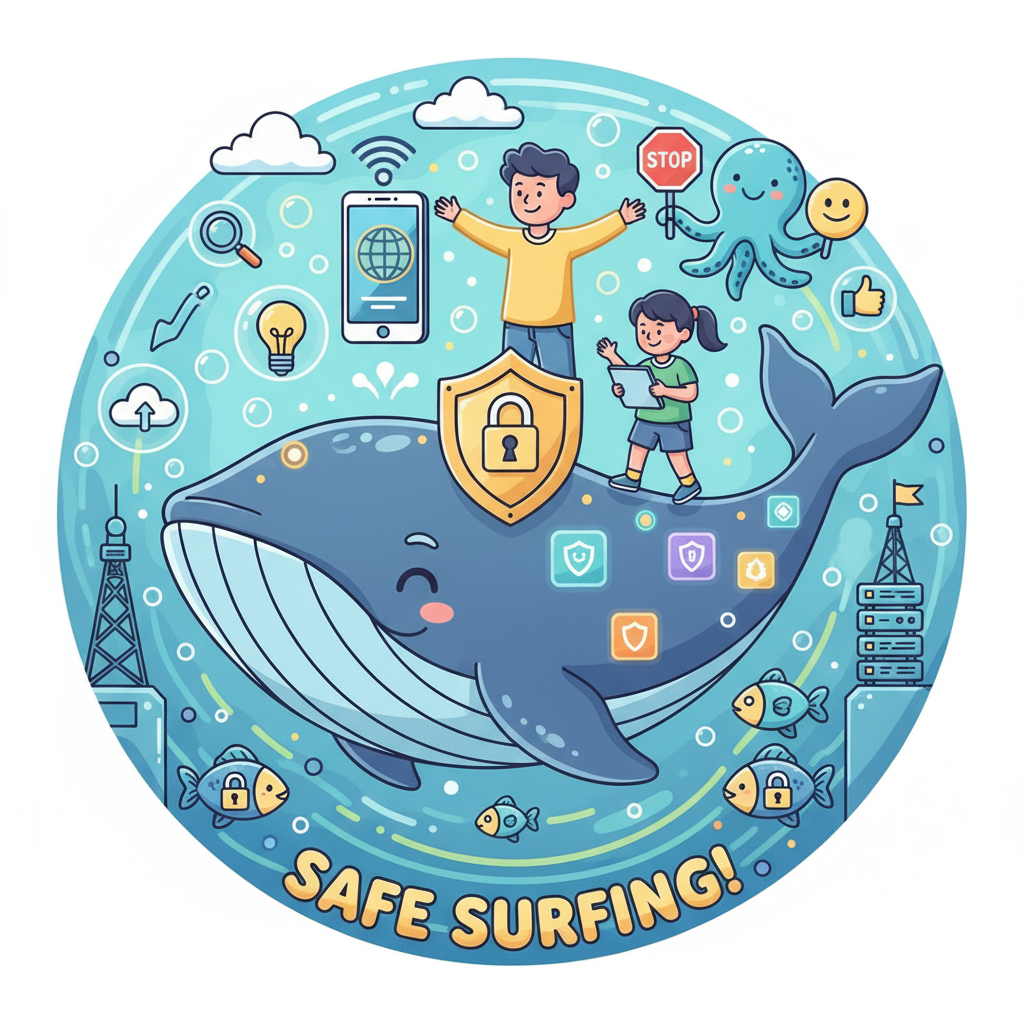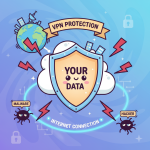Have you heard of the Blue Whale Game, the online “challenge” that became infamous worldwide for putting teenagers at serious risk? This dangerous internet craze has alarmed parents, educators, and mental health experts alike, sparking urgent conversations about digital safety. In this article, discover what the Blue Whale Game is, why it became a concern, and how adults can protect children from falling prey to such harmful online challenges.
What is the Blue Whale Game?
The Blue Whale Game is a social media challenge that originated in Russia around 2016 and quickly spread online. Named after the blue whale’s behavior of beaching itself until death, this game reportedly involves a series of 50 tasks that participants must complete over 50 days. These tasks start off innocently but gradually become more dangerous and harmful, culminating in instructions that encourage self-harm or even suicide.
How the Game Works
The Blue Whale game is structured to manipulate vulnerable teens incrementally. Participants receive daily challenges, which may begin with simple tasks like waking up early or watching scary videos. As the days progress, the tasks become more extreme, such as self-inflicted injuries or risky behaviors. The final purported “task” involves taking the participant’s own life, making it one of the most disturbing online challenges ever reported.
Why the Blue Whale Game Became a Global Concern
Media reports from several countries raised alarms, highlighting cases where young people were believed to have been influenced by this game. Authorities from India to the U.S. issued warnings, and social media platforms faced criticism for not acting quickly enough to remove related content. Real incidents, some tragic, thrust the Blue Whale Game into the spotlight, turning it into a global symbol of the dangers lurking on the internet for today’s youth.
The Role of Social Media
Social media acts as a double-edged sword in this context. While it can raise awareness, it also facilitates the rapid spread of such dangerous trends. Even in 2025, monitoring online challenges remains crucial as harmful content can appear disguised within viral trends. Challenges like the Blue Whale have similarities with other digital threats such as the “Momo Challenge,” showing a persistent pattern of risk associated with internet challenges.
Warning Signs Parents Should Watch Out For
Detecting if a teen is involved in risky online games can be tough, but certain behavioral changes can serve as red flags:
-
Withdrawal from friends and family
-
Increased secrecy about online activities
-
Sudden mood swings or symptoms of depression
-
Unexplained injuries or excuse-making for scars
-
Avoidance of usual hobbies or schoolwork
Recognizing these signs early can enable timely intervention before harm escalates.
Online Safety Tips for Families
Parents can take several practical steps to build a safer digital environment:
-
Have open, non-judgmental conversations about online experiences
-
Use parental control apps to monitor device usage and limit access to harmful content
-
Encourage balanced daily routines with offline activities
-
Educate teens about online risks and responsible internet use
Psychological Impact of the Blue Whale Game
Peer pressure and the desire for acceptance are powerful in adolescence. The Blue Whale Game exploits these vulnerabilities by creating a sense of belonging through secretive task completion. Mental health experts warn that teens struggling with anxiety, depression, or loneliness are more susceptible to such manipulation. Understanding the psychological factors behind participation is key to prevention and support.
How to Talk to Teens About the Blue Whale Game
Approaching the subject with empathy rather than fear is vital. Parents should:
-
Express concern and curiosity rather than accusations
-
Ask open-ended questions about their online life and feelings
-
Reinforce that asking for help is a strength, not a weakness
-
Consult mental health professionals if necessary
Building trust creates a safe space for honest conversations.
Steps Parents and Adults Can Take Today
Awareness and proactive involvement are the best tools against online dangers.
-
Stay informed about emerging digital trends and threats
-
Collaborate with schools and community groups on online safety initiatives
-
Consider professional workshops or counseling for families
Taking collective responsibility helps create safer online spaces for youth.
Useful Resources
-
Child helpline numbers and crisis support
-
Cyber safety education websites
-
Mental health clinics specializing in adolescent care
Current Trends in Online Safety (2025)
In 2025, new technologies like AI-powered monitoring tools help parents keep a watchful eye on online activities while respecting privacy. The culture around online gaming has shifted somewhat toward promoting positive and creative challenges that encourage physical fitness, learning, or social causes. Schools increasingly include digital citizenship in curricula, empowering students to navigate the internet responsibly.
FAQs About the Blue Whale Game
Q1. What is the Blue Whale Game and why is it dangerous?
It’s an online challenge involving harmful tasks, leading to risks such as self-harm or suicide.
Q2. Is the Blue Whale Game still active in 2025?
While less common, it can still appear online, so vigilance remains essential.
Q3. How do I know if my child is involved in risky online challenges?
Look for behavioral changes like secrecy, withdrawal, or unexplained injuries.
Q4. What should parents do if they suspect their child is playing?
Start a calm conversation, offer support, and seek professional help if needed.
Q5. How can society prevent dangers from such online games?
Through awareness campaigns, digital education, and creating supportive communities.
Conclusion
The Blue Whale Game is a stark reminder of the hidden dangers within internet culture that put young minds at risk. Parents and adults must stay informed, foster open dialogue, and nurture trusting relationships with children to ensure their safety. Start talking about online challenges and risks today—it could save a life.
If concerned about digital risks, take the first step now: start an open, honest conversation with your child about their internet world. Together, we can protect the next generation from harmful online challenges.









